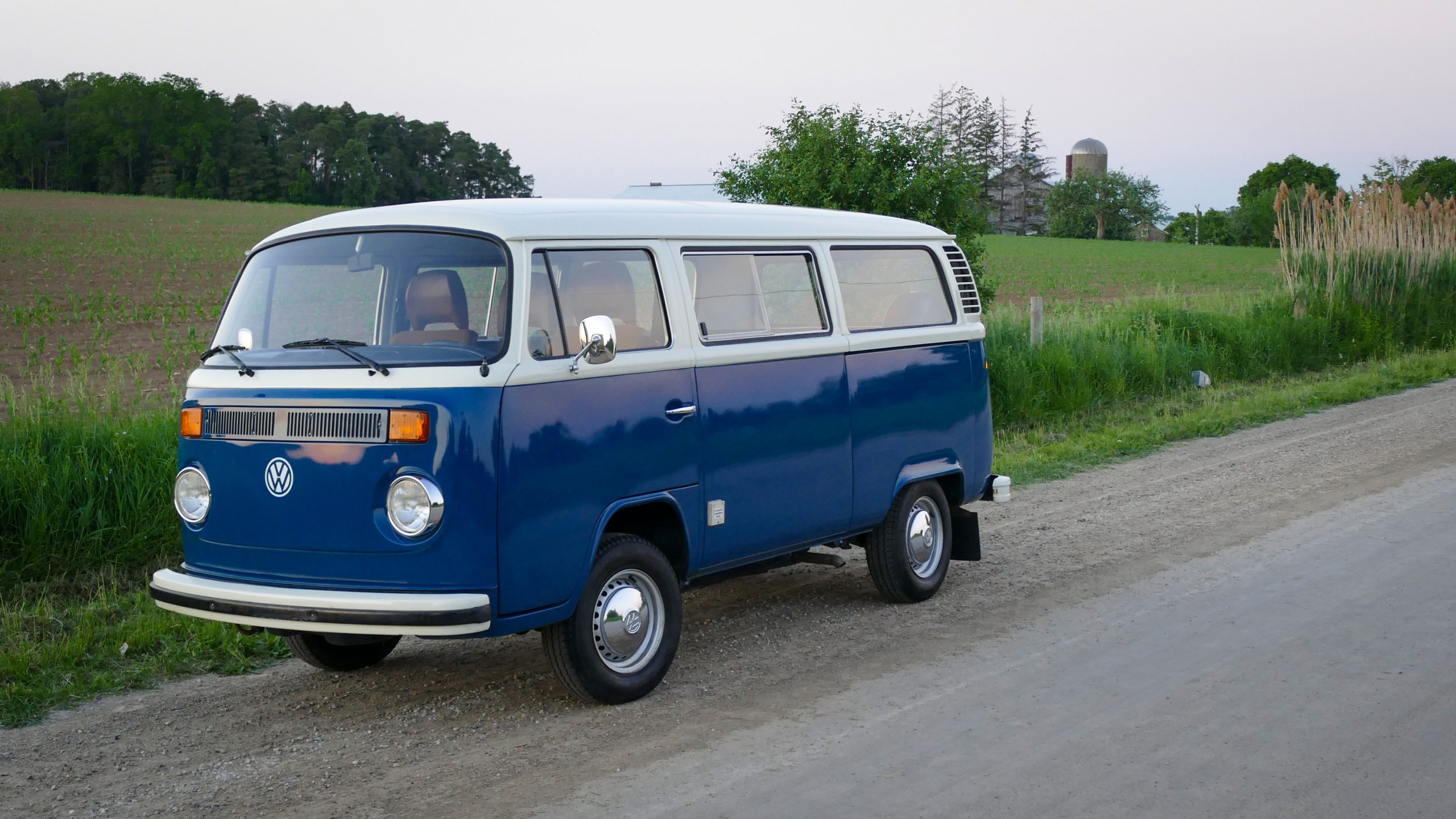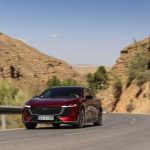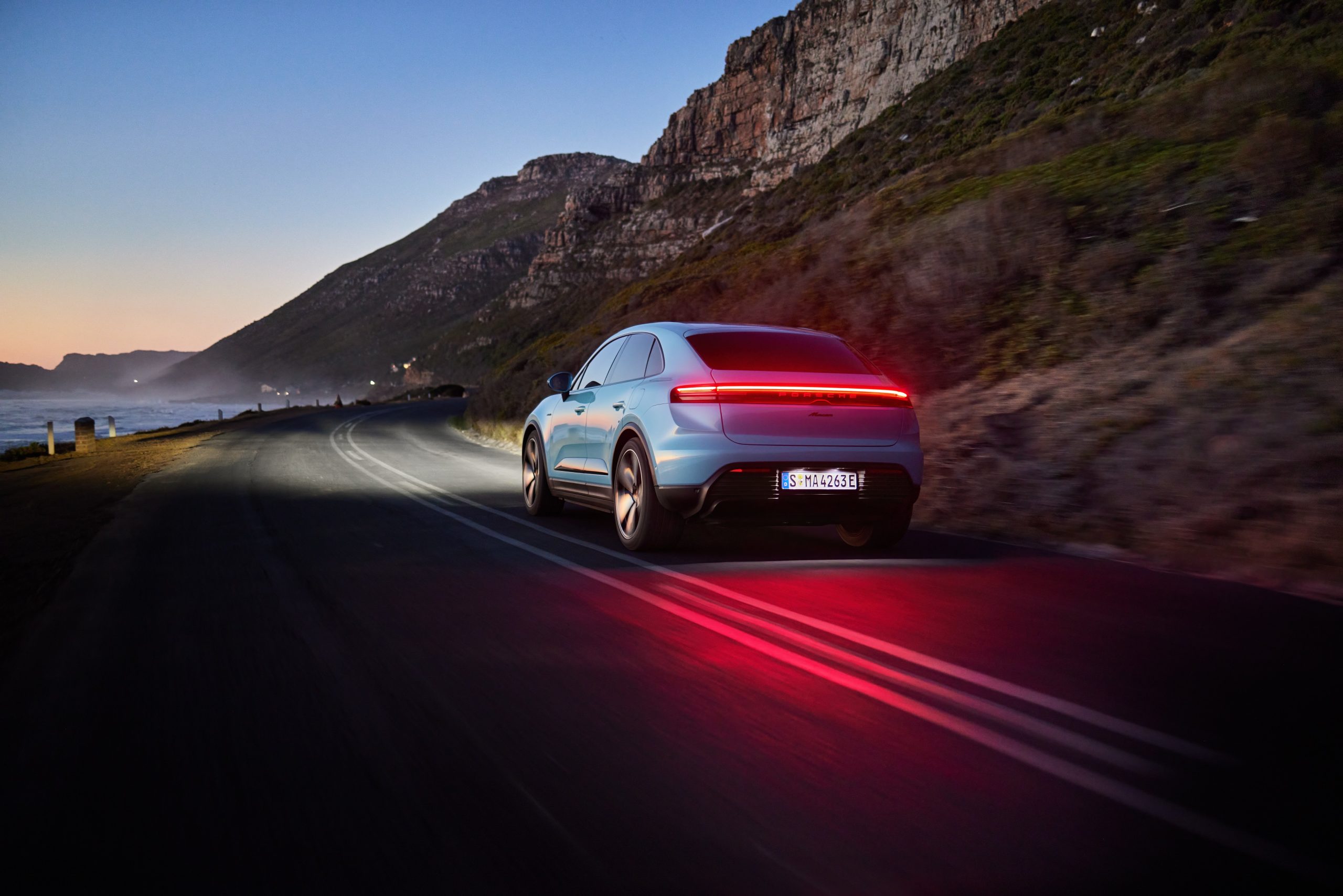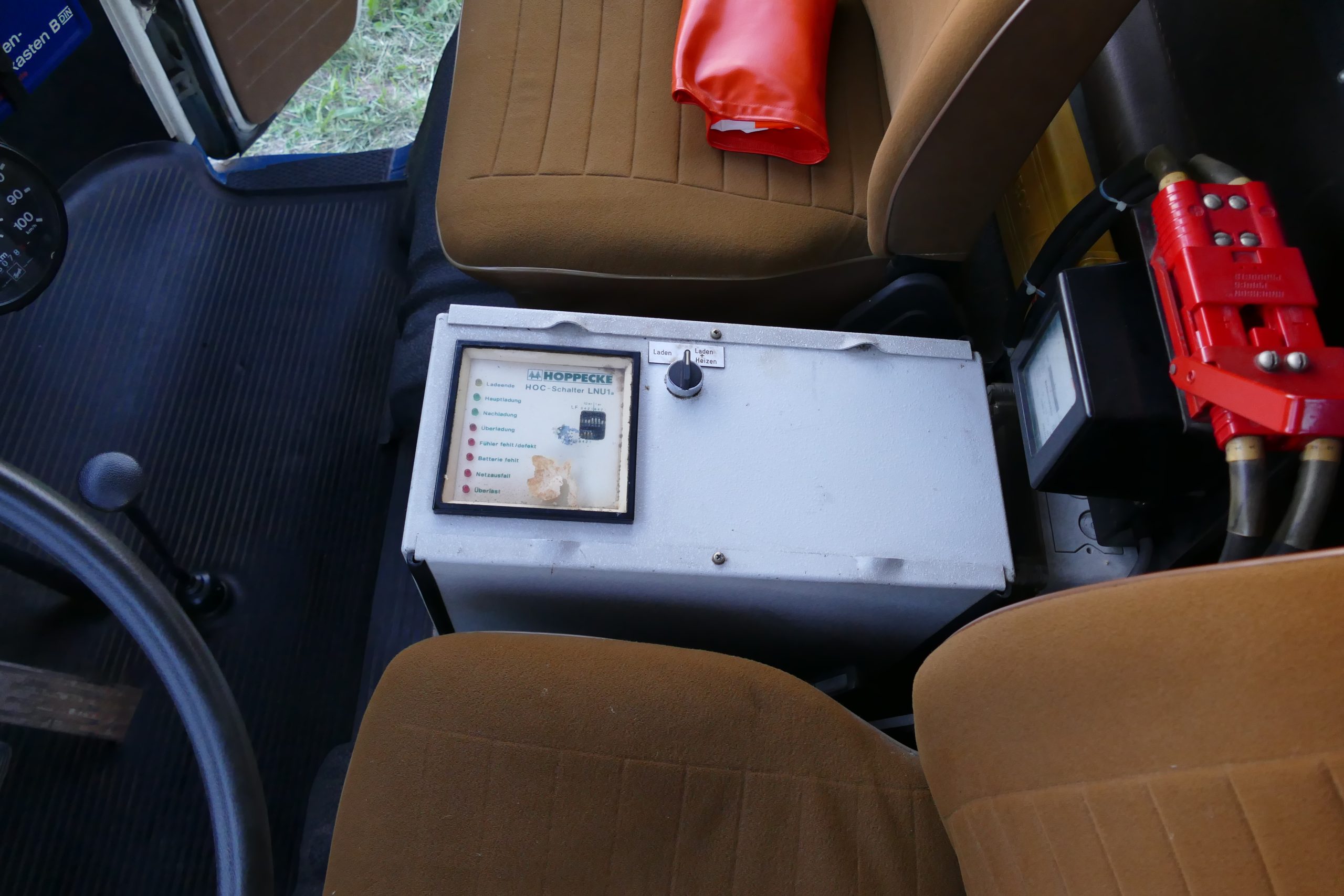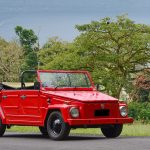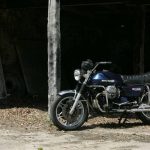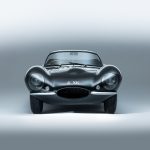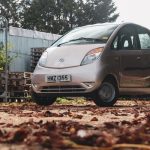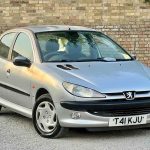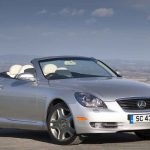In 2017, I was helping an elderly family friend clean out her home after her husband passed away. There was a 1979 VW Bus in her garage that her husband had imported from Germany. It looked to be all-original and was in great shape, except for a few scrapes from the snow-blower and mowers parked against it. Apparently, it was never registered and had been sitting since the 1980s. When I opened the rear engine hatch, I was surprised to find an electric motor and controller.
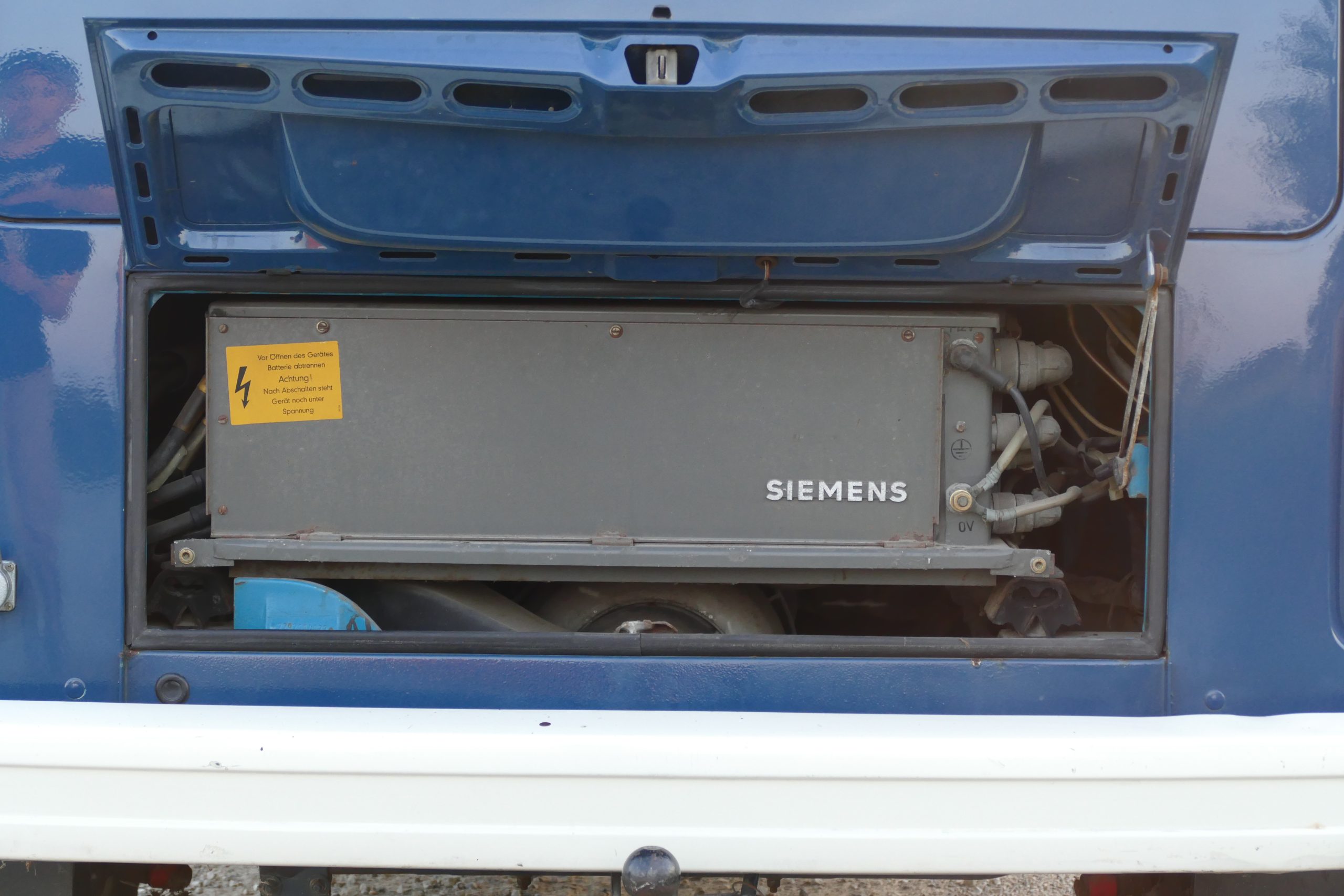
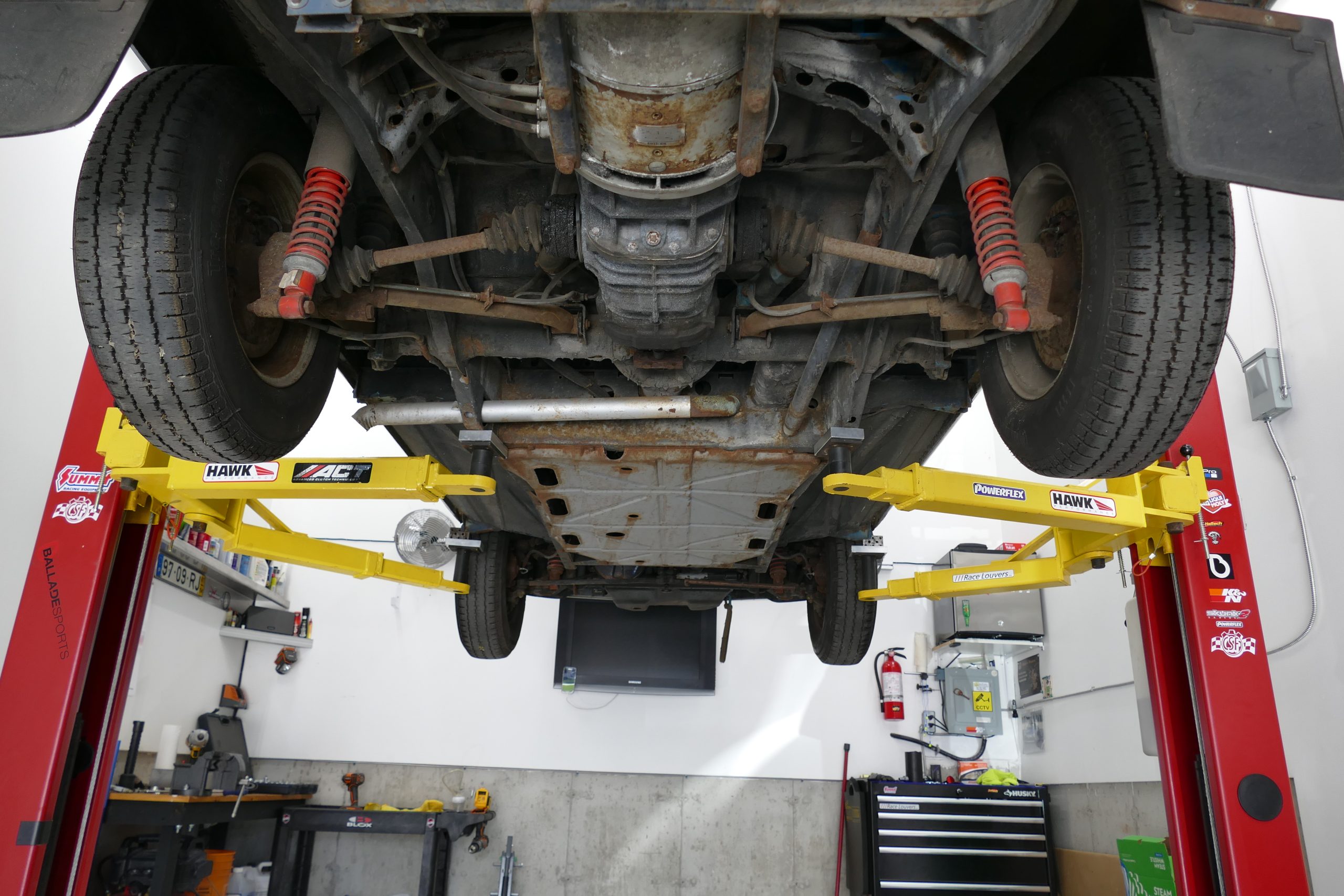
The Bus didn’t run, and I thought the conversion was DIY, so I bought it with the intent to swap in a diesel Subaru boxer engine. Then my son found some information on a German website that made me reconsider.
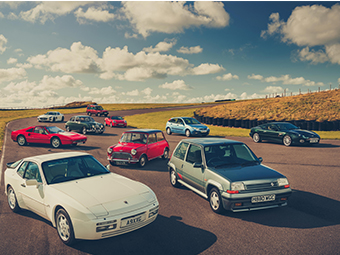
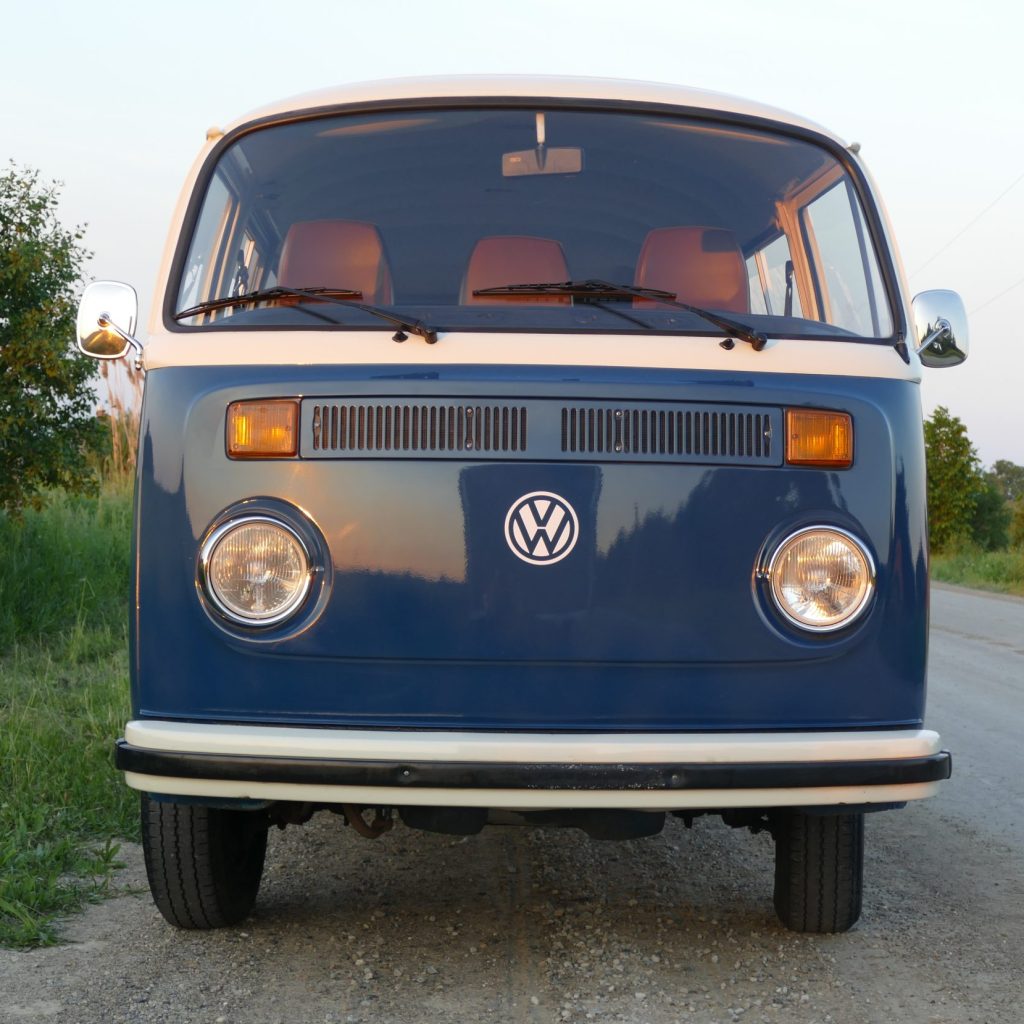
Starting in 1972, Volkswagen built around 100 electric T2 Buses and Transporters. The model, known as an Elektro-Bus (or Elektro-Bulli in German), utilised a 32kW (43bhp) motor from Siemens attached to a manual transmission. Twenty-four lead-acid batteries provided electricity. Due to the high cost and technical limitations of the Elektro-Bus – more than £23,000 for about 25 miles of range – Volkswagen ended production in 1979, but VW still used them for testing and promotions until the mid-1980s. We found out this exact bus was the pace vehicle for the 1981 Boston Marathon.
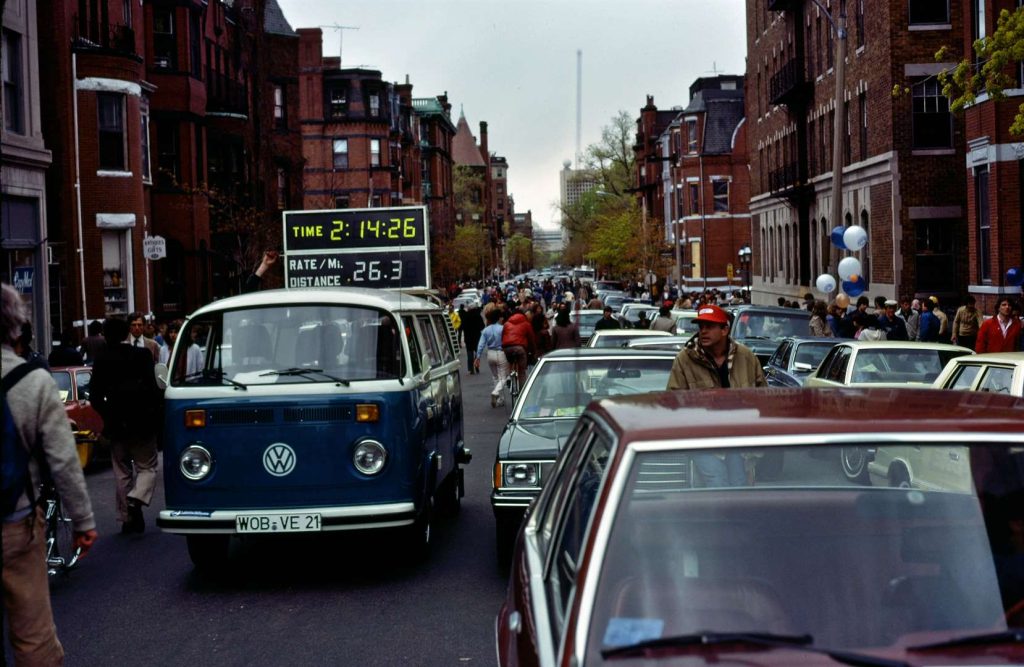
I don’t have a background in EVs, but after learning the history of my Bus, I was determined to get it working again. It was difficult to find any information, but I have had help along the way. I was able to contact the lead engineer of the Elektro-Bus programme through a connection on a German-language VW forum. He has been very helpful; however, he did not have any schematics. But with help from Jozef Verespej, a retired Czechoslovakian electrical engineer, I was able to wrap my head around the electronics. My wife and I spent many evenings chasing wires and sketching what goes where.
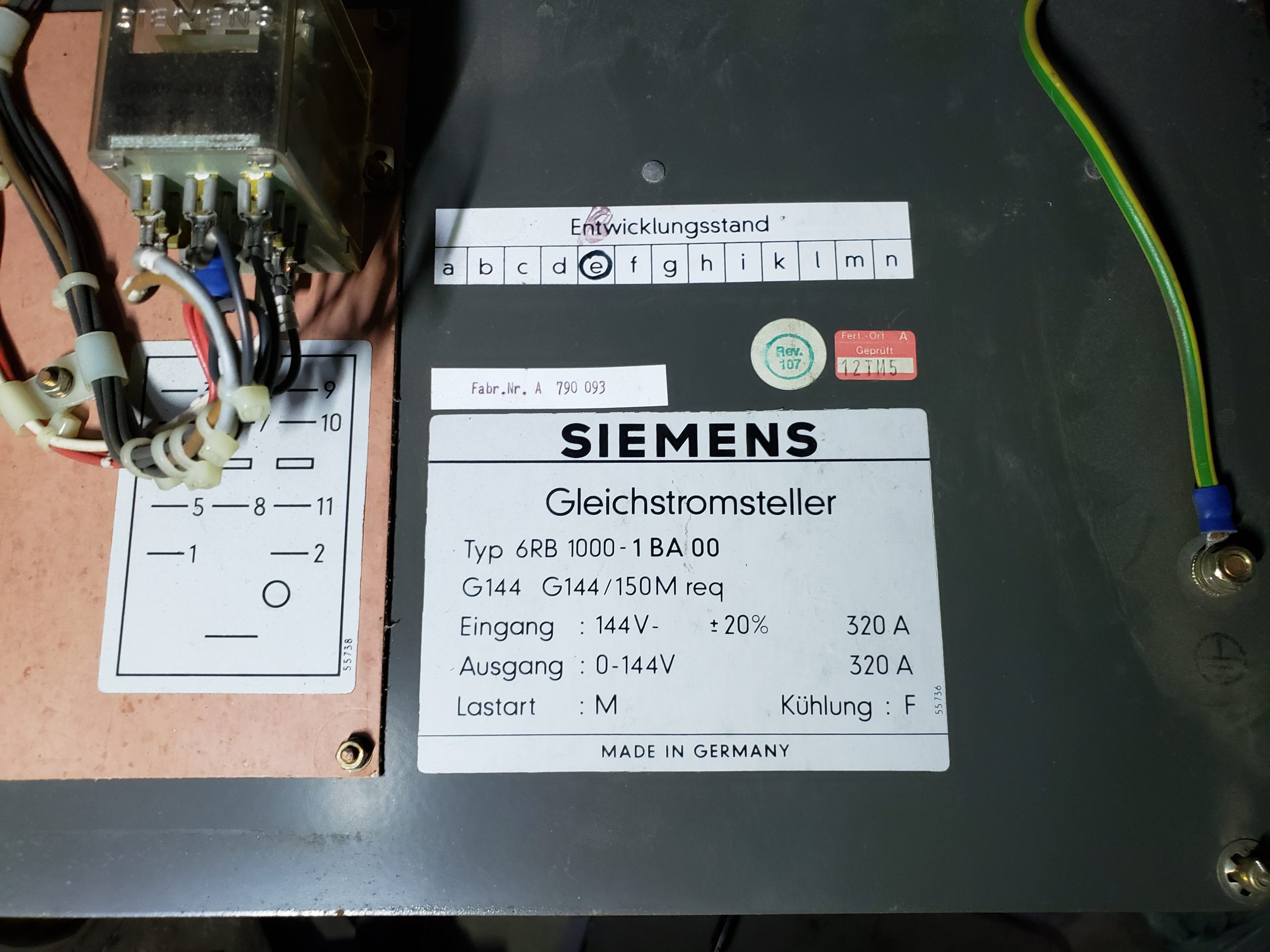
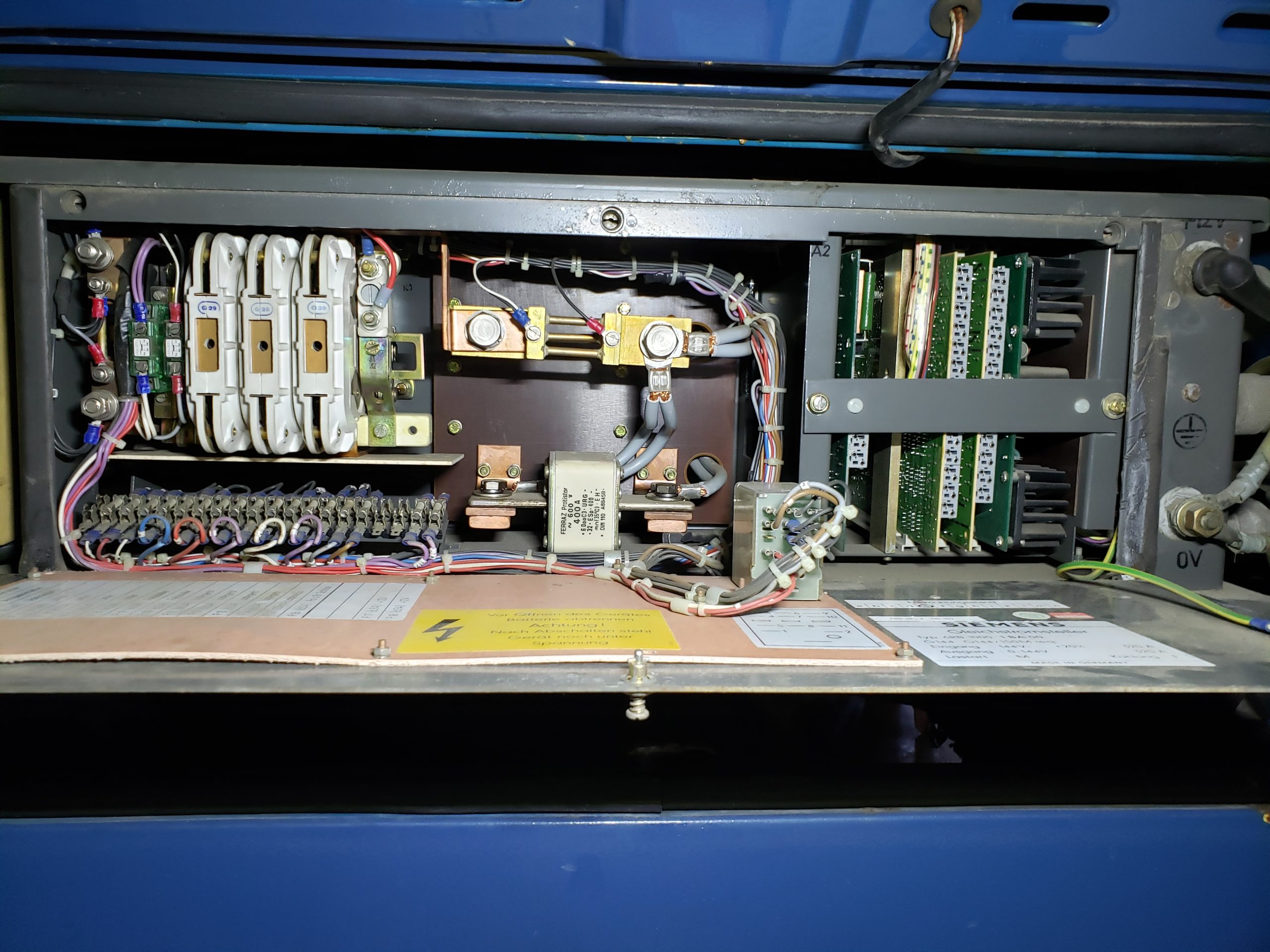
Sourcing parts was also an issue. Many of the electronic components I needed had been obsolete for decades and had to be purchased used. For example, just last week I found two little resistors had failed, and I had to buy them from a guy in Switzerland. It was a challenge finding replacement batteries, too. The ones currently in the car are a European DIN-spec six-volt, almost like a golf cart battery. It’s a stupid size and that’s impossible to get. Even then, I still had to offset the batteries one inch with foam and modify the battery cases to make them fit.
But after a lot of research and money, I had what I needed and got the Elektro-Bus running again. I guarantee it’s the only one in Canada, and it’s probably the only working one in North America.
